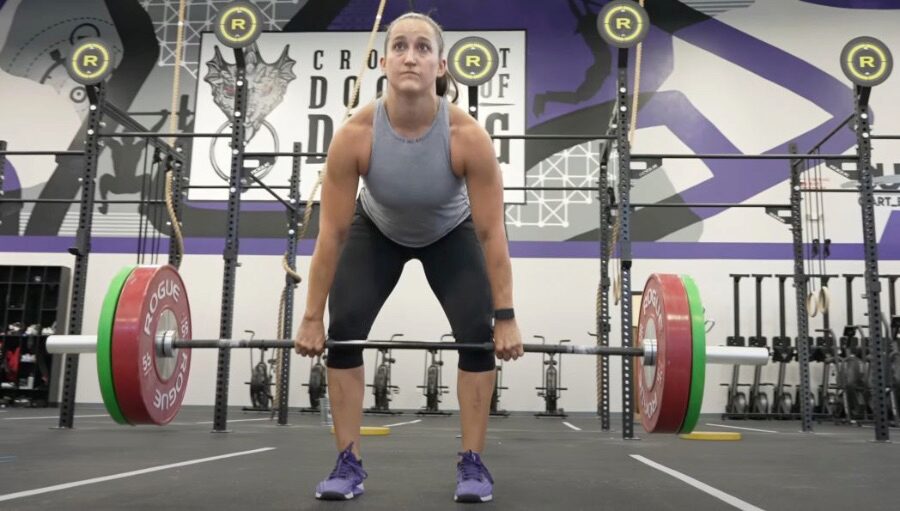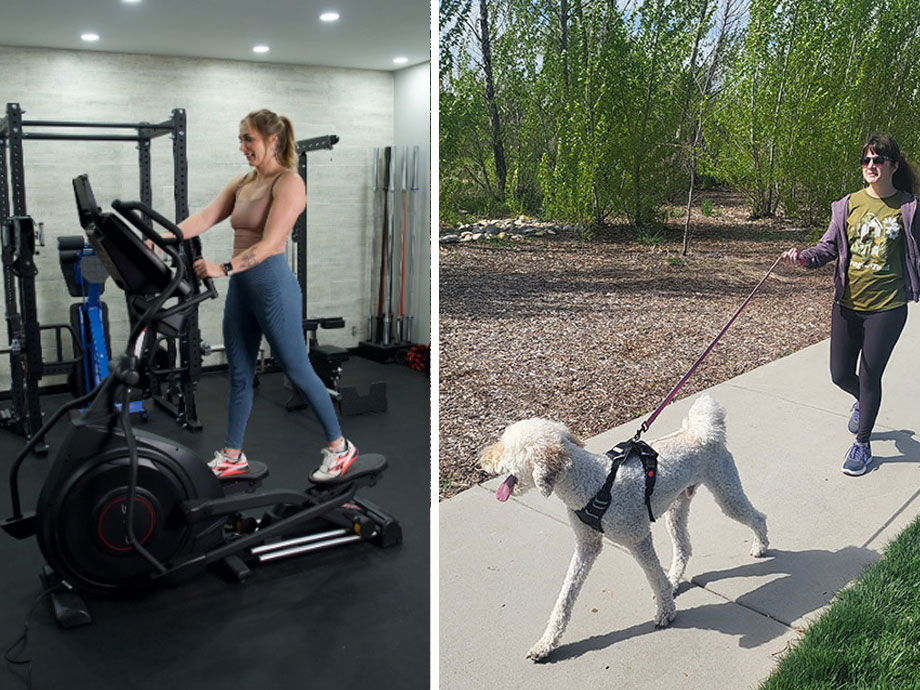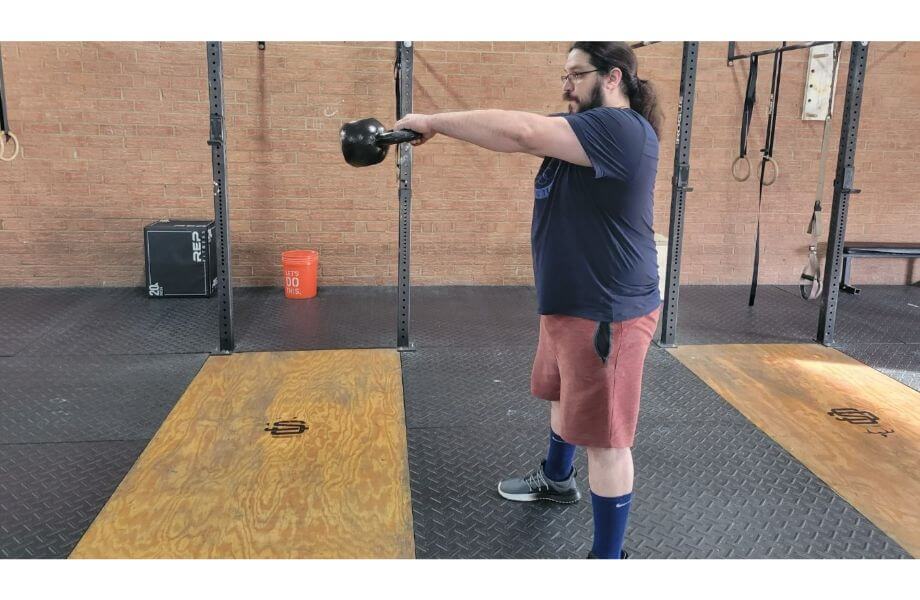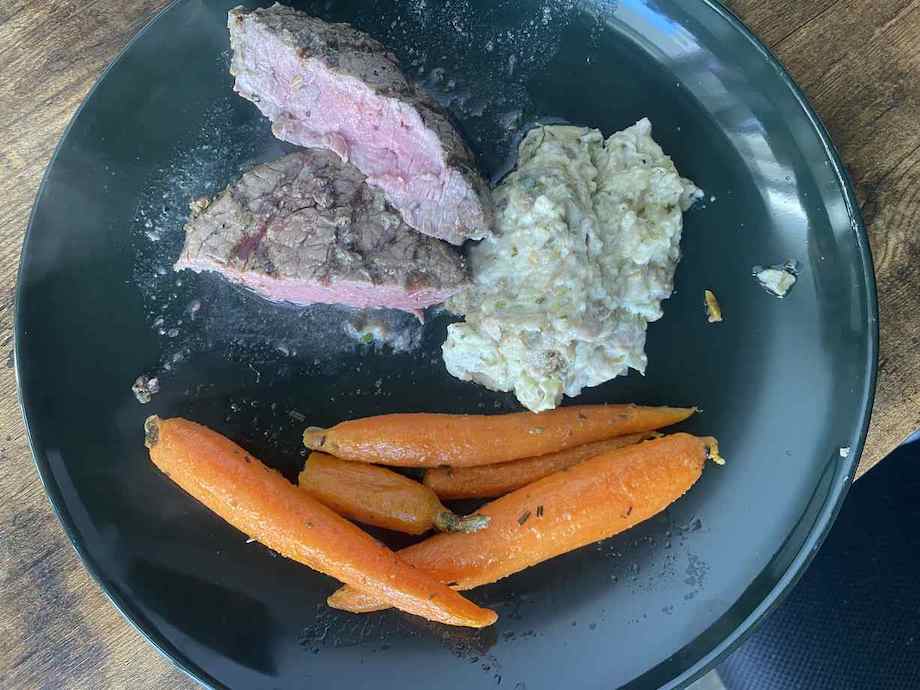Being a certified personal trainer, I love working out because I truly love the movement (and the positive effects it has on my biceps). My personal training clients are not in love with exercise and feel differently from me. They are in love with progress because progress means they are closer to their goal, and they think that NOT seeing visible signs means they aren’t getting anywhere.
Understandably, progress keeps most people going, especially those new to working out. This typically takes the form of wanting to lose weight or build muscle. But besides the number on the scale, what are the signs of working out progress? Here we’ll attempt to answer this question, and the most asked question trainers get asked about how long it takes to see results.
Plus, when the progress train stops, we’ll provide fitness tips for making gains again.
Key Takeaways
- It takes 6 to 10 weeks to see physical results from working out, such as changes in body composition and resting heart rate.
- You typically start to notice the psychological results of working out within 2 weeks, such as better sleep, improved mood, and higher energy levels.
- 6 HIIT sessions within two weeks have been shown to improve aerobic fitness6.
- Muscle is built during the repair phase when you are resting.
How Long Does It Take to See Results From Exercise?
Results from exercise are entirely individual-dependent, and various factors are in play. Just to name a few: body weight, fitness level, nutrition, recovery, intensity, age, and injury history all play a role in how quickly you might see results, like getting stronger or losing weight. So, let’s take the view from 10,000 feet.
Building Strength and Muscle
When you’re a strength training beginner, it takes time for your nervous system and your muscles to connect. Did a baby learn to walk on their first try? No, they didn’t, and this is a similar deal for your muscles and nervous system.
It’s accepted but not proven that the first six weeks of your exercise routine lead to nervous system improvements before visible physical changes start in your body. For example, you might move better or gain more mobility and flexibility in your joints. Movements that were once difficult when you started now become easier.
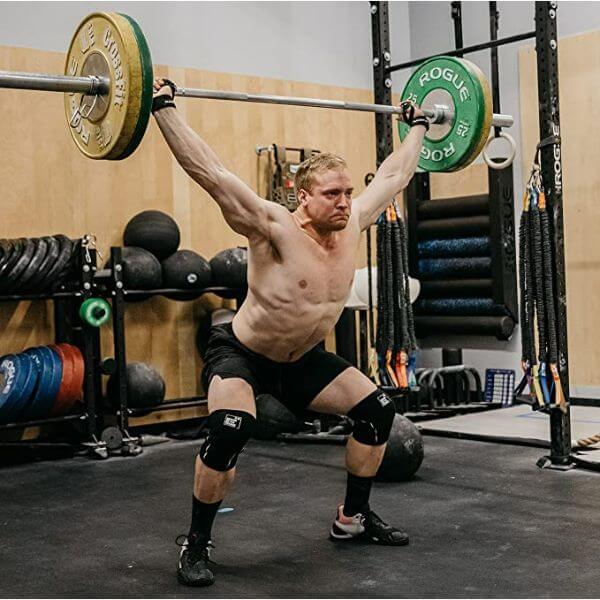
Is this the same for everybody? Of course not, because some learn faster than others. But instead of being discouraged by your lack of progress, wait six weeks before you make any judgments.
However, this isn’t a hard and fast rule. For example, in a small 2016 study1, 14 healthy older adult subjects performed four sets of 10 repetitions on the leg press machine three times per week in their workout routine. After just two weeks, participants’ thigh muscles were, on average one-tenth thicker. Now, imagine the muscle gain after six weeks.
The same study showed that over 10 weeks, the subjects improved their leg strength by over 40%. This proves it’s never too late to benefit from strength training. Also, it illustrates that at anywhere from two to 10 weeks, you may start seeing improvements in your muscles and strength levels.
Cardio and Training For Weight Loss
What about improvements in the aerobic system? One older study2 had 24 healthy, sedentary subjects perform a supervised six-week training program consisting of four 45-minute cycling sessions per week at 70% of their pretraining V̇o2max. On average, the subjects improved the V̇o2max by 13% in 24 training sessions.
You might need more time to do 24 sessions, but it gives you some idea that improving your aerobic system will take a few weeks. How this relates to body composition changes is up to you and the quality of your recovery and nutrition. Exercise sets the table, and you need to do the rest.
RELATED: Vo2 Max Calculator
5 Signs Your Routine Is Working
The signs are everywhere when you know where to look. There are big signs like a lower scale number and smaller signs like you’re happier, getting more sleep, and your blood pressure is lower. Here are big and small signs that your routine is working.
Sign 1: Behavior Changes
When you’re engaged in one healthy habit like working out, a flow-on effect can bleed into other parts of your life. For example, you start to eat better to recover from your workouts, and you begin to look forward to your workouts when you once dreaded them. These are subtle but significant signs you are making progress. Look back over the time since you started your routine and ask yourself if you’ve made any similar changes. You’ll also see improvements in your overall mental health, as regular exercise has been shown in studies3 to help improve feelings of anxiety and depression by boosting self-esteem and cognitive function.
RELATED: Exercise and Mental Health
Sign 2: Body Changes
The obvious one here is weight loss or muscle growth, which only tells part of the story. Typically, you want fat loss and not muscle loss. Here, a scale or device showing body fat percentage is advisable. Body fat measurements are handy because sometimes the scale doesn’t change, but you have lost fat and gained muscle. Scale weight never tells the whole story.
RELATED: Best Smart Scales
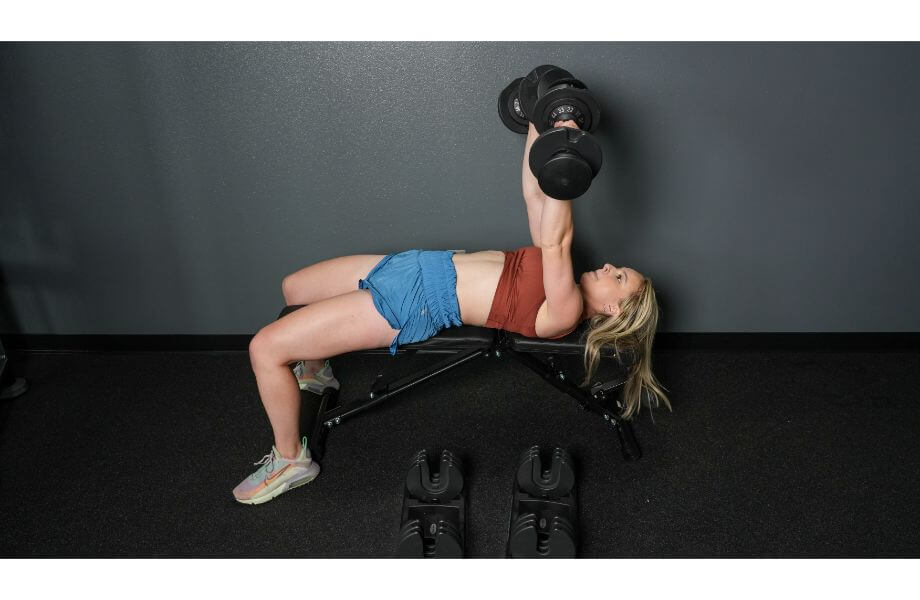
Using a tape measure to measure your waist, hips, thighs, and arms to see if you have lost inches or gained size is a great way to know if you’re progressing even if the number on the scale hasn’t changed.
Sign 3: Your Clothes Fit Better
If the scale isn’t moving, don’t sweat it. That doesn’t mean that change isn’t taking place. Sometimes it is hard to tell whether you have lost inches when you look in the mirror, but those jeans you wore back in high school don’t lie. Or that little black dress you wanted to fit into now fits like a glove.
Sign 4: Improved Performance
Improved performance signs are lifting for more reps and sets each workout, lifting heavier weights, getting through your workouts faster, and other gains in strength. Plus, movements that were once difficult for you become easier because of improved coordination, mobility, and flexibility. On the cardio side, you may be able to train at high intensities or go for longer periods of time without resting.
Sign 5: Sleeping better
And who doesn’t want to sleep better, right? There are many ways to improve our sleep quality, and exercise is one of them. A study published in the European Journal Of Sports Science4 suggested improvements in cardiovascular fitness lead to improvements in sleep quality in women who were 18 to 45 years old.
RELATED: How Many Calories Do You Burn While Sleeping?
Tips for Making Progress in Fitness
The most important tip to improve your fitness and make progress is to be consistent. Of course, you need to take the occasional rest day to recover because the body needs the occasional rest. Plateaus do happen, but good things will happen when you show up and keep at them.
That doesn’t mean being perfect, but doing a little over the long haul is better than doing a lot and then flaming out. Here are a few important tips from a 10,000-foot view to making progress with your fitness.
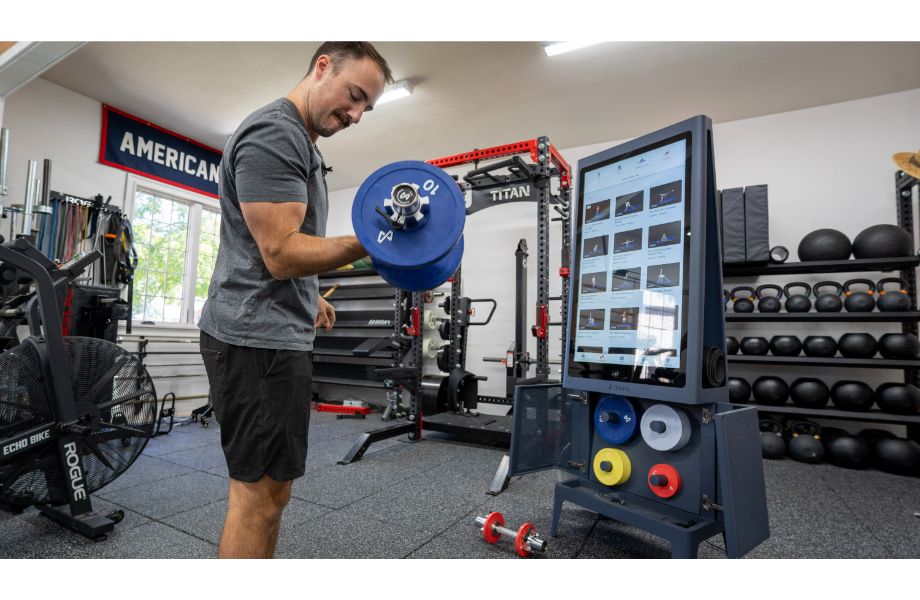
Tip 1: Don’t Forget About Power
Force and acceleration determines power (force x acceleration = power), but forget the science and just think about lifting things quickly or jumping higher. Doing so activates fast-twitch muscle fibers, which have the biggest potential for growth.
Power exercises don’t add slabs of muscle or burn a ton of fat, but set the table for both. Jump or plyometric training, like plyo push-ups, can improve performance and one-rep max strength. The stronger you are, the bigger your chances of building muscle mass and burning fat. Studies show5 that including one or two power exercises in your routine will help improve your fitness.
Tip 2: Include Some High-Intensity Interval Training (HIIT)
The benefits of high-intensity and moderate-intensity training are similar, but including some HIIT in your training may improve your aerobic fitness. A meta-analysis study6 found that just six HIIT sessions over two weeks improved aerobic fitness among participants. What does this mean for you? Including one HIIT session a week in place of steady-state cardio should improve your anaerobic and aerobic fitness.
RELATED: HIIT Cardio Workouts At Home
Tip 3: Increase Frequency And Duration, But Not Both
This is especially important for beginners. If you’re strength training or running twice per week, increase it to three. Or if your cardio sessions are over in 30 minutes, try adding a minute each time you perform one. Doing both simultaneously is okay, but can lead to overtraining and burnout. Stick with one or the other, and you will get fitter. If you do both, only do it for a short time.
Tip 4: Keep It Simple
Here’s how my clients progress in their workouts: They start at eight reps for an upper- or lower-body exercise targeting a particular muscle group, like a dumbbell squat. Then I add a rep or two each time they do it until they get to 15 reps. Then increase the dumbbell by five or 10 pounds, starting at eight reps, and do it over again.
RELATED: How Many Sets Per Muscle Group Per Week
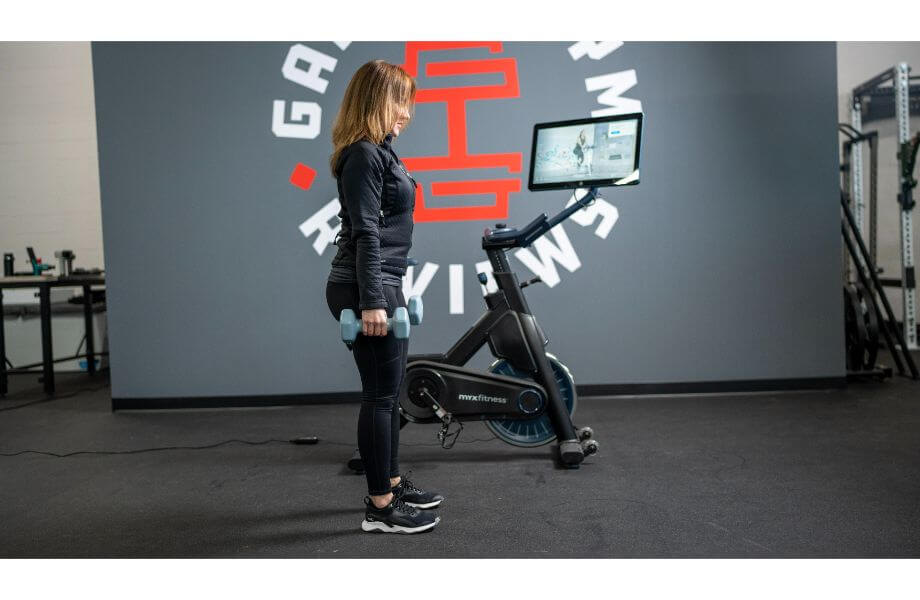
This is a form of progressive overload, the most tried-and-true theory behind making strength gains. Gradually increasing the amount of weight you lift is an underestimated form of progression.
Tip 5: Mind Your Nutrition
You can have the best workout plan in the world, and it still won’t outdo a poor diet.
It’s incredibly frustrating to leave the gym exhausted with muscle soreness already creeping in, only to feel like you aren’t making any kind of progress. What’s happening in the kitchen could be a reason why you aren’t making progress. Everyone has different dietary needs, so working with a professional, like a registered dietitian, is what we recommend.
Working Out Progress: Final Thoughts
We know that many people, no matter the fitness goal, want to see progress in the mirror. They want to feel better, but they also want to look better. We get it.
However, don’t overlook the more subtle signs of progress, like sleeping better, better mood, better range of motion, less painful joints, and improved mental health. The trick is not to get discouraged when you don’t see physical progress, because all forms of progress are welcome.
Working Out Progress: FAQs
How long after starting to work out do you see results?
For both strength and cardio training, you could start seeing results anywhere from two to 10 weeks. There are many factors that affect when and how you’ll see changes start to form.
How do you know if your workout is progressing?
There are several ways to know if you’re making progress. For example, maybe the weight you’re lifting seems easier, you can do more reps, or your runs seem effortless when they were once difficult. Look for even the smallest wins, which add up over time to big gains.
How long does it take to see changes in your body from working out?
On average, with about two weeks of consistent training, you should start to see or feel a pick-up in your energy levels and moods. You may even begin adopting better behaviors and habits. By six to 10 weeks, you may start to notice physical changes as well.
How long should a workout take to see progress?
This is entirely dependent on intensity as well as what your fitness goals are. For high-intensity workouts, anywhere from 4 to 30 minutes may be enough. Lower to moderate-intensity workouts of 30 minutes or more work well.
How long does it take to lose weight?
For most, a consistent schedule of strength and cardio training combined with a well-balanced diet (and a calorie deficit) should lead to a healthy weight loss of one to two pounds per week. So, for example, if your goal is to lose 20 pounds, you should expect to reach that milestone in 10 to 20 weeks when following the correct protocol.
References
- Lixandrão, M.E., et al. Time Course of Resistance Training-Induced Muscle Hypertrophy in the Elderly. (2016) Journal of Strength and Conditioning Research, 30(1):159-63. doi: 10.1519
- Vollard, N., et al. Systematic analysis of adaptations in aerobic capacity and submaximal energy metabolism provides a unique insight into determinants of human aerobic performance. (1985) Journal of Applied Physiology. doi: 10.1152
- Sharma, A., Madaan, V., Petty, F.D. Exercise for mental health. (2006) The Primary Care Companion to the Journal of Clinical Psychiatry, 8(2):106. doi: 10.4088/pcc.v08n0208a. PMID: 16862239; PMCID: PMC1470658.
- Crowley S.K., Rebellon, et al. Cardiorespiratory fitness, sleep, and physiological responses to stress in women. Eur J Sport Sci. 2020 Nov;20(10):1368-1377. DOI: 10.1080/17461391.2020.1716855. Epub 2020 Jan 25. PMID: 31939334.
- Sáez-Sáez de Villarreal, E., Requena, B., Newton, R.U. (2010) Does plyometric training improve strength performance? A meta-analysis. Journal of Science and Medicine in Sport, 13(5):513-22. doi: 10.1016/j.jsams.2009.08.005. Epub 2009 Nov 7. PMID: 19897415.
- Boullosa, D., Et al., Effects of short sprint interval training on aerobic and anaerobic indices: A systematic review and meta-analysis. (2023) Scandinavian Journal of Medicine & Science in Sports, 32(5):810-820. DOI: 10.1111/sms.14133. Epub 2023 Feb 11. PMID: 35090181.




